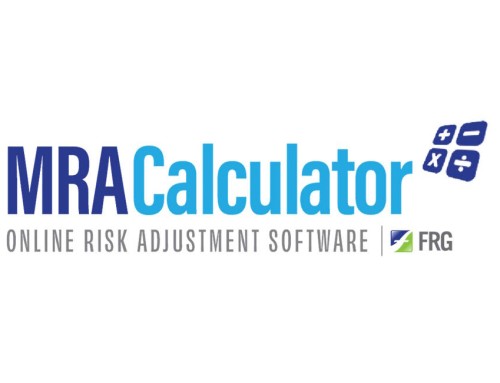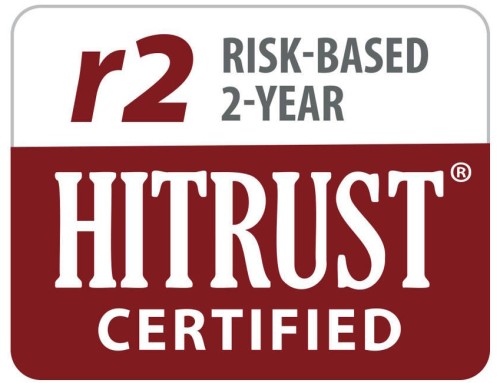In businesses across all industries, an audit is an important tool for ensuring the proper management of money, adhering to regulations and discovering areas where internal process improvements can be made.
For physicians, this is especially true in the area of medical claims.
In general, there are two areas where claims audits can improve operations at a medical practice. The first is an audit of the claims administrator. The other is a self-audit of operations within your own practice to determine where mistakes are being made and where improvements can make a difference.
Medical claims are complicated and costly if not managed correctly. Generally, a claims audit of any kind can:
- Find errors made in medical billing
- Find methods for improving recovery opportunities
- Ensure a medical practice is adhering to the latest (and often byzantine) compliance regulations governing medical claims
There are a variety of options and benefits of a medical claims audit.
Types of Medical Claims Audits
An independent audit of how your claims are handled by the claims administrator can identify problem areas in both lost monetary opportunities and compliance with regulations.
Such an audit also sends a clear message to your administrator that you are committed to taking an active role in the process and also to making sure every dollar is spent wisely and within guidelines.
This is an important stance to take as errors often occur. For example, the Centers for Medicare and Medicaid Services (CMS), a division of the U.S. Department of Health and Human Services, reports that as many as 12.7% of Medicare fee-for-service claims contain errors.
Audits can be done no matter the size of your medical practice or the number of employees on staff. Doing it once is usually not enough – it’s better to commit to routine audits that can improve the medical claims process over a long period of time.
There are different approaches to such audits.
Random Sample Audit. In a random audit, claims are chosen based on the amount of money involved, ensuring that both large and small claims are audited. The focus is more on the dollar amounts rather than the number of claims. If done properly, the results of a random sample audit are statistically valid enough to be extrapolated across all claims. The downside, according to Texas-based HMS, a consultant company for healthcare providers, is that insurance companies typically will not refund money based on the results of a random sample audit. As a result, these are best suited for discovering if opportunity even exists before moving to a more comprehensive review.
Comprehensive Audit. Larger in scope, a comprehensive audit looks at a specific group of claims both electronically and manually. The results of comprehensive audits are not meant to be extrapolated, but instead deal only with the claims that are audited. However, such audits can lead to refunding of money from claims administrators – in fact, that is often the focus of such an audit.
Hybrid Audit. This audit combines the approaches of both random sample and comprehensive audits and achieve the results of both – primarily recovery of money and compliance to regulations. According to HMS, such a review offers valid statistics on the accuracy of claims as well as the information needed to seek recovery of overpayments.
Benefits of a Medical Claims Audit
While a self-audit is not mandated by the federal government, it is encouraged by the CMS.
In a workbook designed to guide physicians who wish to conduct a self-audit, the CMS offers a host of reasons why a self-audit is a good idea. The benefits of a medical claims audit, according to the CMS, include:
- Reducing and preventing improper payments
- Ensuring claims are submitted accurately
- Enhancing patient care
- Reducing the chances of an external audit
- Sending a message to your staff that while mistakes will happen, they have a duty to report errors
Conducting a self-audit requires a thorough examination of the claims process within your own medical practice, particularly the areas of “risk” where errors are most often prone to occur. The audit must also be documented thoroughly.
Most importantly, the findings of a self-audit must be reviewed and acted upon to achieve the desired results.
Containing Cost, Ensuring Compliance
The primary benefit to any medical practice of a claims audit is containing costs. However, a thorough claims audit can find areas requiring new policies and procedures that will streamline the claims system as well as identify areas of costs savings.
While a detailed analysis should be conducted, it’s readily apparent that there are benefits of a medical claims audit for a healthcare organization, particularly in ensuring compliance with government regulations and making the case of refunds from insurance providers.







Leave A Comment